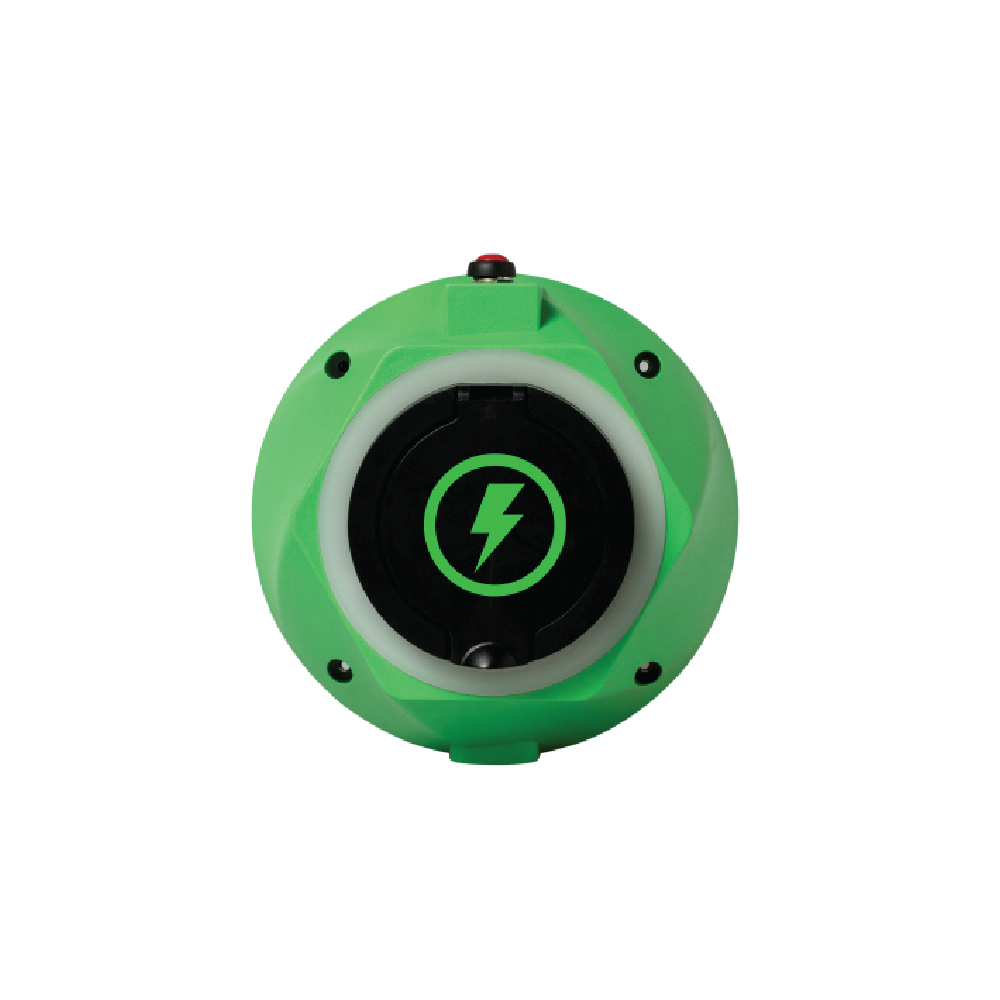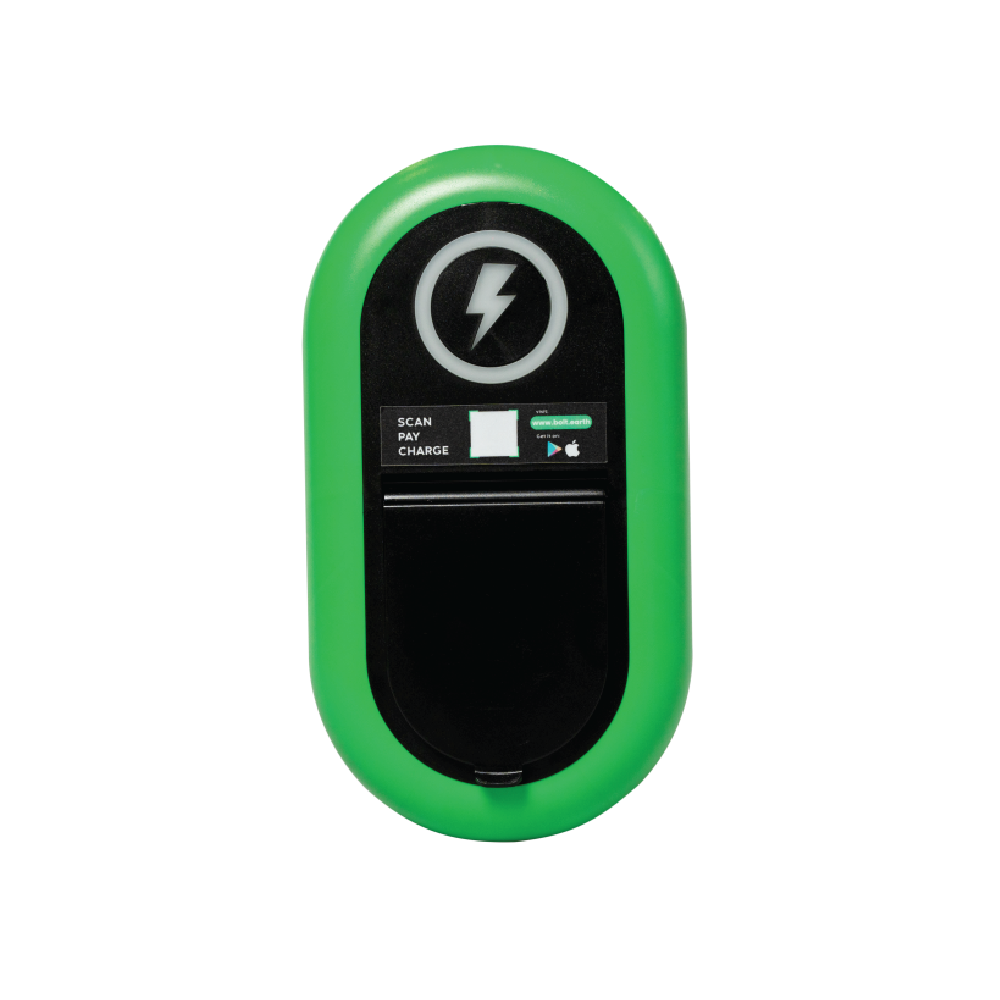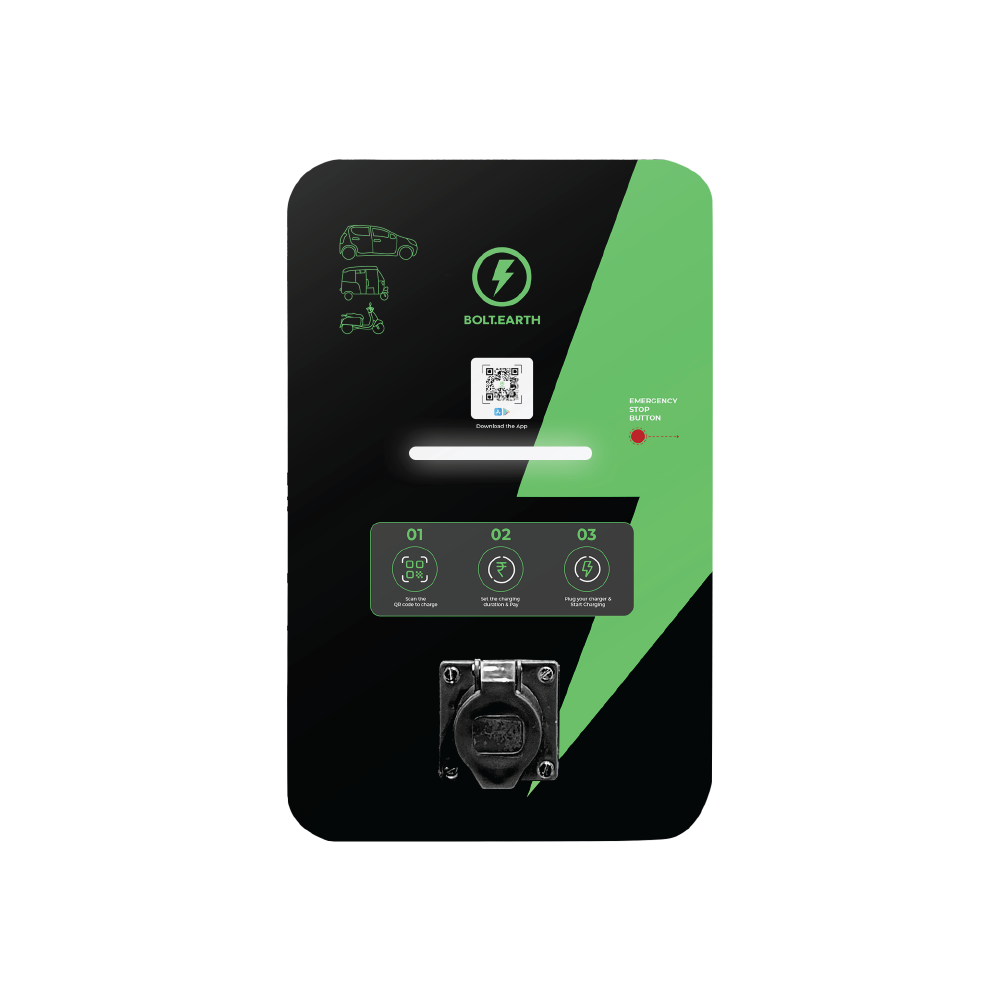Is Charging Your Electric Vehicle From a Household Socket a Good Idea?
Raghav Bharadwaj
Chief Executive Officer
Published on:
02 Jul, 2025
Updated on:
24 Nov, 2025

Charging your EV from a regular 16-amp wall socket may seem harmless. In fact, it’s what most early adopters do. After all, it works for your fridge, washing machine, and air conditioner. Then why not your EV? Well, it’s not that simple.
In this article, we answer the three most important questions every EV owner should ask before charging at home:
- Why isn’t a household socket suitable for EV charging?
- What are the hidden risks, long-term costs, and performance issues of home socket charging?
- What are the smarter, safer alternatives—and how do they compare?
Why Isn’t a Household Socket Suitable for EV Charging?
While using a home socket is a quick–fix, it’s quietly becoming a roadblock in India’s EV transition. The simple answer to the question: domestic sockets are ideally not made for your EVs.
It’s easy to assume that your home’s 16-amp socket can handle EV charging. After all, every new electric vehicle comes with a portable cable that plugs directly into these outlets.
But what most people don’t realize is that this cable is labeled for exactly what it is, an “emergency charger.”
And that is critical.
Regular household sockets are not designed to handle the sustained high-power draw needed to recharge an EV battery. These sockets are meant for short-duration appliance use, not for delivering several kilowatt-hours of power over 6 to 10 hours.
Using them to charge your EV regularly puts strain on your home wiring, dramatically increases the risk of overheating, and, in worst cases, can trigger electrical fires.
India has seen a steep rise in EV-related fire incidents in recent years, especially as adoption accelerates.
In Karnataka alone, 83 EV-related fire incidents were reported between 2020 and late 2024 — with 36 alone in 2024, the highest so far. Nationally, a series of high-profile fires in early 2022 triggered batch recalls and government probes. While two-wheelers were the most affected, cars, auto-rickshaws, and buses weren’t spared either.
A striking pattern emerged when these cases were analyzed: most EV fires happened during home charging, often from standard 15/16A household outlets. Global data supports this as well, showing roughly 18% of EV battery fires occur while the vehicle is plugged in. In India, officials frequently attribute these accidents to short-circuits or power leakage caused by overburdened home sockets and aging wiring.
Recent Incidents
Case 1: Vellore, Tamil Nadu (2022)
An electric scooter was plugged into an old wall socket. The outlet overheated, shorted, and sparked a fire that engulfed the house, tragically killing the owner and his daughter in their sleep.
Case 2: Odisha (2022)
An electric scooter caught fire overnight. Investigations revealed the cause wasn’t a battery fault, but a faulty socket, underscoring the risks of unsafe charging setups.
Case 3: Karnataka (Statewide Audit 2020 – 2024)
A government review found that 65 out of 83 EV fire incidents were triggered by electrical faults, not battery explosions, highlighting how infrastructure failures remain a major safety concern.
These are not outliers, they reflect a systemic misunderstanding of what’s “safe enough” when it comes to EV charging at home.
Unlike an ideal EV charger, domestic sockets lack thermal cutoffs, surge protection, or monitoring systems.
Without safeguards, sustained charging pushes your wiring beyond its limits, especially during summers, increasing the risk of overheating, sparking, and fires.
This is why power agencies and fire departments have issued repeated advisories: avoid charging EVs using regular 16 A outlets.
Safety Concerns with Regular 16A Home Sockets

1. Risks of overheating and overvoltage
Most homes across India are equipped with IS 1293:2019 wall outlets, also known as Type D or Type M sockets, rated for 250V and 16A. On paper, that seems sufficient.
When you run high power continuously through these outlets, as you would while charging an EV overnight, the heat buildup is significant. Within 30 minutes, temperatures can climb to nearly 100°C. And here’s the problem: not all wall sockets are created equal. Their thermal tolerance varies by manufacturer, and unless you’re an electrician, you won’t know how much heat your outlet can safely handle.
The result? A very real risk of overheating, thermal runaway, and even fire.
2. Slow charging time, more energy loss
A standard wall socket might technically support up to 16A, but in many regions, regulations limit practical usage to just 10A, translating to a charging speed of roughly 2.3 kW.

To put that in context:
- A Tata Nexon EV (30.2 kWh battery) would take over 13 hours to fully charge via a regular wall socket.
- An MG ZS EV (50.3 kWh battery) would need more than 21 hours.
- Even a compact EV like the Citroen eC3 (29.2 kWh) would still take 12–13 hours to reach full charge.
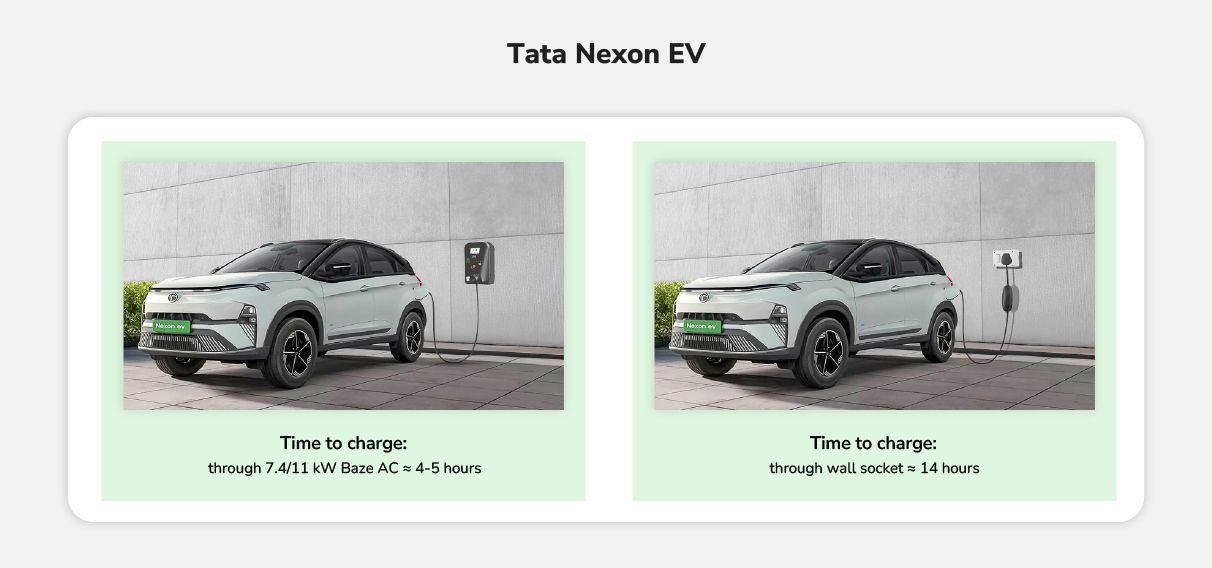
In contrast, a home EV charging point delivering 7.2 kW or 11 kW can reduce charging times dramatically:
- The Nexon EV can be fully charged in around 4–5 hours.
- The ZS EV can be ready to go in just 7–8 hours—perfect for overnight charging.
3. High costs due to high energy loss
Wall sockets not only charge slower—they also waste more energy.
The cables connecting your wall socket to the EV resist the flow of electricity. The thinner and longer the cable, the more energy is lost as heat. And since EV onboard chargers are calibrated to work efficiently at higher currents, lower power delivery (like that from wall sockets) pushes them into suboptimal territory—causing further losses.
Take the Tata Nexon EV Prime as an example.
When charged via a standard wall socket, real-world tests show it consumes around 17.1 kWh per 100 km. But when charged through a dedicated 7.2 kW AC wallbox charger, consumption drops to approximately 13.8 kWh per 100 km—a difference of 3.3 kWh for every 100 km driven.
Over the course of 15,000 km in a year, that adds up to nearly 495 kWh of wasted electricity.
At an average Indian electricity rate of ₹8 per unit, that’s an annual loss of ₹3,960—just because you used a wall socket.
Now multiply that inefficiency across tens of thousands of EV owners in India still relying on basic outlets, and the financial and environmental losses become massive.
4. No smart features, no futureproofing
As EV adoption rises, energy demand will grow with it. If we don’t plan ahead, peak-hour charging could overload local grids and trigger widespread instability.
That’s where smart charging comes in.
Modern home charging stations can:
- Dynamically balance power use within your home.
- Schedule charging for off-peak hours (when electricity is cheaper and cleaner).
- Communicate with the grid to support larger energy management systems (V2G).
- Seamlessly integrate with solar panels and home batteries.
None of these benefits are possible with a basic domestic outlet. In fact, plugging in during peak hours might become outright impossible in the future as utilities enforce stricter load controls.
Considering the safety and efficiency limitations, household sockets should be treated as a fallback, not a primary charging solution. They’re best reserved for rare, low-power situations like topping up for a short drive or temporarily charging plug-in hybrids that have smaller battery demands.
Which Home Charging Solutions Should You Choose for Your EV?
There are significantly safer and more efficient alternatives designed specifically to handle the power demands of modern electric vehicles.
But first, let’s compare a 16 A household socket and a dedicated EV charger:
Once you’ve understood the limitations of household sockets—slow charging, energy losses, and safety concerns—the case for a dedicated home EV charger becomes obvious.
Installing a home charging point is the most reliable, efficient, and future-ready solution for EV owners. Unlike basic sockets, these chargers are purpose-built to handle sustained high-power loads safely. Depending on the model, they typically deliver between 3.7 kW and 22 kW, enabling a full charge in just a few hour, perfect for overnight charging or daily top-ups.
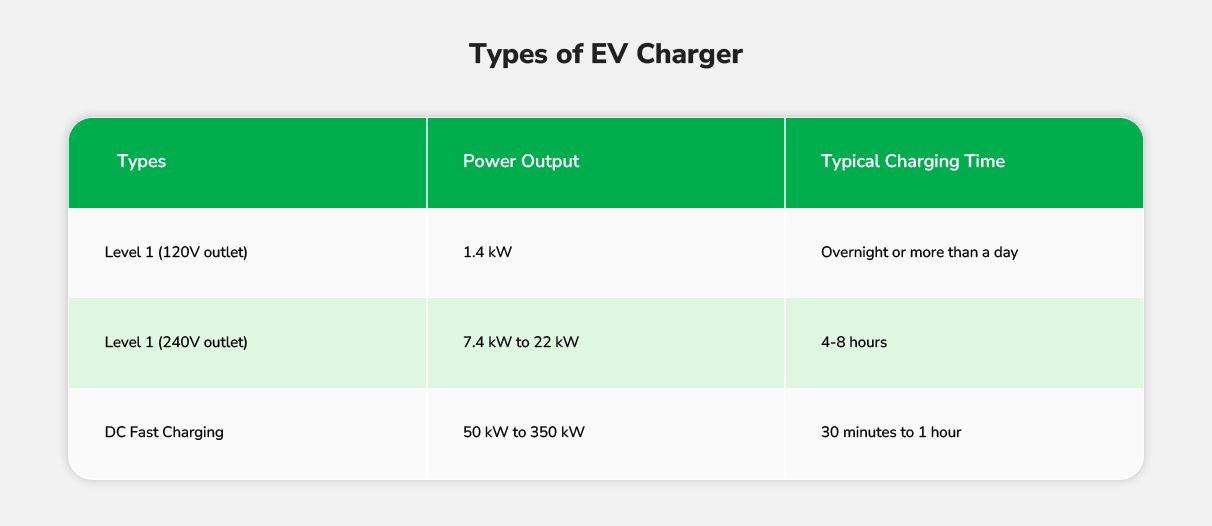
This said, there’s an upfront investment. Installation costs vary depending on the power rating and wiring needs and can range from a few thousand to over ₹1 lakh. But for most EV users, it’s a one-time cost that delivers daily convenience, long-term energy savings and peace of mind. Think of it like upgrading from a manual bicycle to an electric scooter, not just faster, but more comfortable and user-friendly.
Beyond Home: Other Charging Options That Work
While home charging is ideal, it’s not the only option available. India’s EV ecosystem is rapidly evolving, and alternative charging solutions are becoming more accessible.
Public charging stations
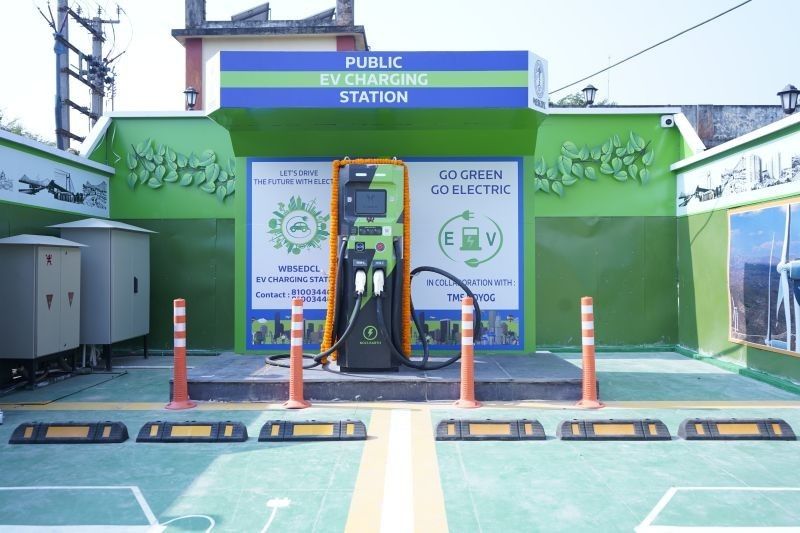
Public chargers are increasingly available in cities, highways, malls, office complexes, and parking lots. Many offer fast or even ultra-fast charging, with some capable of delivering up to 150 kW, enough to charge an EV to 80% in under 30 minutes. They’re ideal for long-distance travel or quick top-ups, but drivers should plan routes and verify charger availability to avoid delays, peak-hour queues, or high rates.
Charging at work
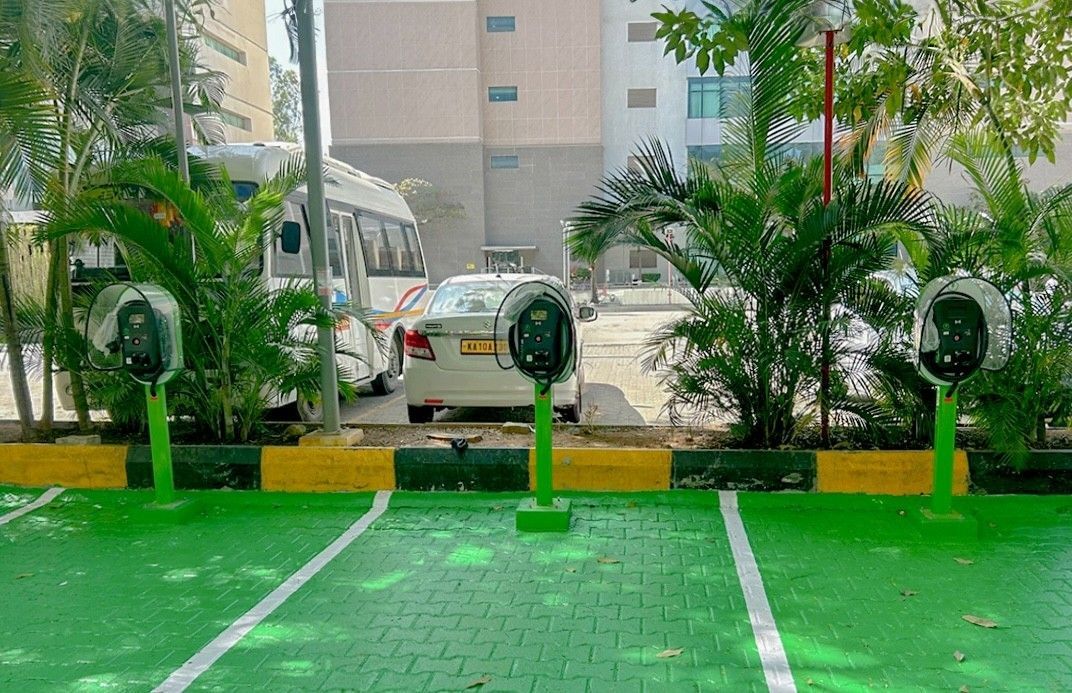
Forward-looking companies across India are now installing EV chargers for employees. Supported by green incentives and growing EV adoption, workplace charging offers a practical daytime solution, especially for apartment dwellers or those without private parking. It’s a win-win: employees get hassle-free charging, and companies reinforce their commitment to sustainability.
Final Thoughts
Household sockets were never designed for EVs, and treating them as a long-term solution is not just inefficient; it’s unsafe. As India moves toward large-scale electrification, the conversation must shift from access to infrastructure. A plug is not a plan. True EV readiness means building charging ecosystems that are smart, safe, and scalable, starting at home. The future of mobility demands nothing less.
Ready to Charge Smarter and Safer?
Bolt.Earth’s EV chargers come with multiple layers of electrical protection—surge protection, short-circuit prevention, thermal cutoffs, and more. Everything your 16A wall socket was never designed for.
Explore our range of reliable, NABL- and ARAI-certified chargers on our product page.
Or talk to our sales team to find the right charging solution for your EV.
Email: sales@bolt.earth
Phone: +91 80456 88455



